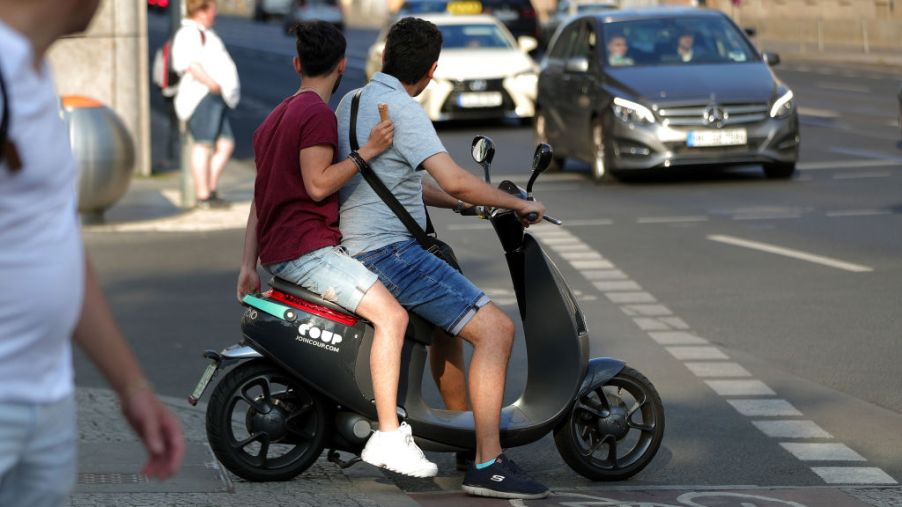
Do You Need a License to Drive a Moped?
If you’ve ever traveled to Europe or have seen a movie filmed there, you’re probably familiar with mopeds. While not as fast as motorcycles, they’re usually cheaper and have lower maintenance costs. In countries such as Spain or Italy, the city streets are more narrow, so mopeds are more a more practical way to get around than fancy sports cars or motorcycles.
Even though they’re less powerful than a traditional automobile, you’ll probably still need a license before you’re ready to tackle the road on a moped.
U.S. moped laws
In the United States, the conditions of driving a moped vary from state to state. In general, it depends on the engine size of your moped. If it’s 50cc or smaller, you may only be required to have a standard learner’s permit or driver’s license.
If the engine exceeds 50cc, you’ll have to go through the process of getting a motorcycle endorsement to your license. You will have to receive a motorcycle permit and will have to participate in a road skills test specifically for any motorized scooter. Once you pass that test, you can legally drive any moped or motorcycle.
Engine sizes
Mopeds come with a wide variety of engine sizes, but the three most common ones are 50cc, 150cc, or 250cc.
50cc engines are great for people who live in small cities or don’t use the highway, since the max speed is around 35 to 40 mph. 50cc engines are also great on gas, capable of getting 100 mpg. A 150cc engine can go a little faster at 50 to 60 mph, but you probably still shouldn’t use it on the freeway. While not as good on fuel as the 50cc, you can expect to get around 70 mpg.
250cc engines are the ones you see on bigger motorbikes such as Vespas. Since these can reach speeds of up to 75 mpg or more, you can feel confident in matching the speeds of other cars on the highway. While not as good on gas as the smaller engine sizes, a 250cc engine will get 60 mpg.
Why you might like a moped
So why are there so many mopeds on the road in other countries? It may not be as flashy or turn as many heads as a shiny new car, but there are other advantages to owning a motorbike.
If you’re looking to cut costs, you may want to switch out your car for a moped. It costs far less than a car, usually around $1000 for a new one. You’re required to have your car insured, but insurance for mopeds in only required in 25 states. Mopeds are also more fuel-efficient than cars.
Another appealing part of a moped is its light structure. It’s easy to feel frustrated in traffic being stuck in a heavy automobile, but you can zip through the traffic more easily on a moped.
Mopeds have a lower center of gravity because the engine is located towards the back. Because of this, you’ll always feel like you’re going very fast on a moped, even though the average maximum speed for a 50cc engine is usually only 40 mph. Almost all mopeds come with automatic transmissions.
Storage is also easier with mopeds. Unlike cars and some motorcycles that need big garages or parking spaces, a moped can easily be stored against the side of your house or even inside if you have adequate space. Parking is also easier, especially on crowded city streets.
There are some downsides to owning one. You’re obviously less safe than you would be inside a car, and it’s not very suitable for traveling great distances. However, if you just like the feeling of going fast and only need transportation around town or a small neighborhood, a moped may be a great investment.



